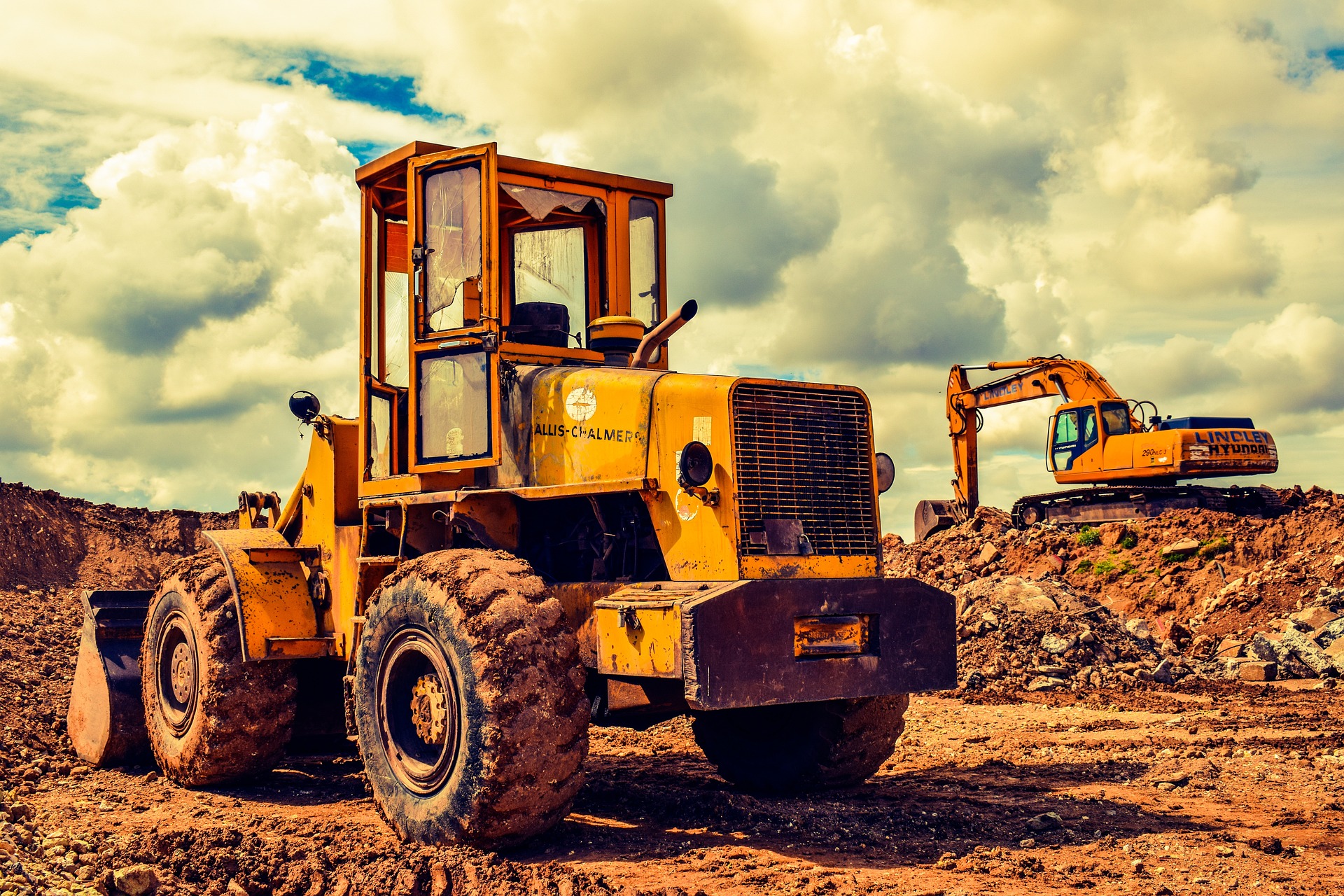Excavation is an essential part of various construction and infrastructure projects, but it can be a hazardous activity if not managed properly. Daily inspections of excavations play a critical role in ensuring safety at the construction site. This article delves into the significance of daily excavation inspections and discusses the responsibilities of a competent person who performs these inspections. We will also explore the key elements that must be considered during daily inspections and offer practical tips for enhancing safety in excavation operations.

I. The Role of a Competent Person
To maintain a safe working environment on construction sites, daily inspections of excavations, the adjacent areas, and protective systems are essential. The responsibility for conducting these inspections falls on a competent person. But who is considered a “competent person” in this context?
A. Definition of a Competent Person
In the realm of excavation safety, a competent person is defined as someone who possesses the knowledge, experience, and training necessary to identify and address potential hazards related to excavation work. This individual must be familiar with the relevant regulations and industry best practices, and they should be able to make informed decisions to ensure the safety of workers and the public.
B. Qualifications of a Competent Person
A competent person must have a deep understanding of excavation-related hazards, soil characteristics, and protective systems. They should be well-versed in safety regulations, such as the Occupational Safety and Health Administration (OSHA) standards in the United States, and be able to apply this knowledge effectively in the field.
C. Daily Inspection Duties
-
Identifying Potential Cave-Ins
One of the primary responsibilities of a competent person during daily excavation inspections is to assess the excavation site for any signs of instability or potential cave-ins. This involves evaluating the condition of the excavation walls, observing any cracks, bulges, or sloughing, and assessing the type of soil being excavated.
-
Evaluating Protective Systems
Competent persons must also assess the protective systems in place. These may include sloping, shoring, or shielding systems designed to prevent cave-ins. It is their duty to check if these systems are installed correctly, are in good condition, and meet the specific requirements for the excavation.
-
Detecting Hazardous Atmospheres
In some cases, excavations may expose workers to hazardous atmospheres, such as those generated by gases or chemicals. The competent person must monitor and identify any signs of hazardous atmospheres and ensure proper ventilation or gas detection measures are in place.
-
Inspecting Adjacent Areas
Excavation work can impact the surrounding areas, including nearby structures, utilities, and roadways. The competent person must inspect the adjacent areas to ensure that excavation activities are not causing damage or posing risks to these elements.
-
Addressing Other Hazardous Conditions
Beyond the above-mentioned responsibilities, the competent person should be vigilant in identifying any other hazardous conditions that may arise during excavation work. This could include issues like water accumulation, equipment malfunctions, or potential obstructions that might impede the excavation process.
II. Key Elements of Daily Excavation Inspections
A. Soil Analysis
Soil is a critical factor in excavation safety. Different soil types have varying levels of stability and cohesion. A competent person must have the knowledge and tools to perform soil tests, including visual assessments, manual tests, and in some cases, more advanced laboratory testing. By understanding the soil conditions, they can make informed decisions about excavation safety measures.
B. Protective Systems
Protective systems are designed to prevent cave-ins and maintain excavation stability. There are various types of protective systems, including sloping, shoring, and shielding. The competent person should thoroughly inspect these systems to ensure they are correctly installed, properly maintained, and appropriate for the specific excavation conditions.
C. Hazardous Atmosphere Monitoring
In excavations where there is a risk of encountering hazardous gases or substances, the competent person should be equipped with the necessary monitoring equipment to regularly check the atmosphere. Proper ventilation and gas detection systems should be in place to protect workers from potential health hazards.
D. Inspection Documentation
Accurate and detailed documentation is a crucial aspect of daily excavation inspections. The competent person must maintain records of their daily inspections, including observations, findings, corrective actions taken, and any safety-related recommendations. This documentation is not only essential for ensuring compliance but also serves as a valuable reference for future safety improvements.
III. Best Practices for Daily Excavation Inspections
A. Regular Training and Certification
To be a competent person in excavation safety, ongoing training and certification are essential. Safety standards and regulations can change, and new technologies and techniques emerge. Staying updated and certified ensures that a competent person is well-equipped to carry out their duties effectively.
B. Collaborative Approach
Safety is a collective responsibility, and it’s crucial for a competent person to collaborate with all stakeholders involved in the excavation project. This includes project managers, contractors, engineers, and workers. Open communication and teamwork can lead to better safety outcomes.
C. Pre-Excavation Planning
Before the excavation work begins, thorough planning is vital. The competent person should be actively involved in the planning process, reviewing the project specifications and evaluating potential risks. Identifying and mitigating risks at the planning stage can significantly enhance safety during excavation.
D. Regular Equipment Inspection
Excavation often involves the use of heavy machinery and equipment. A competent person should ensure that all equipment used in excavation is in good working condition. Regular inspections of machinery, such as excavators, backhoes, and bulldozers, are crucial to prevent accidents related to equipment failures.
E. Emergency Response Preparedness
Despite the best preventive measures, emergencies can still occur. A competent person should have a clear understanding of emergency response protocols, including evacuation procedures, first aid, and rescue plans. Being prepared for emergencies can save lives in critical situations.
IV. Legal Requirements and Regulations
To enforce the importance of daily excavation inspections, many countries and regions have established specific regulations and standards. In the United States, OSHA has provided comprehensive guidelines under the Occupational Safety and Health Act. These regulations outline the duties and responsibilities of employers, employees, and competent persons involved in excavation work.
Some key OSHA regulations related to excavation safety include:
A. 29 CFR 1926.650: This standard addresses excavation requirements and provides guidelines on protective systems, soil classification, and inspections.
B. 29 CFR 1926.651: Focusing on specific excavation operations, this standard details safety measures and protective systems for different excavation types.
C. 29 CFR 1926.652: This standard pertains to protective systems in more depth, specifying the requirements for sloping and benching, shoring, and shielding.
Compliance with these regulations is not only essential for safety but is also legally mandated. Failure to adhere to these guidelines can result in penalties, fines, and, most importantly, injuries or fatalities. Competent persons must be well-versed in these regulations and ensure that they are consistently followed.
V. Case Studies: The Consequences of Neglecting Daily Inspections
Real-world case studies serve as stark reminders of the dire consequences that can result from neglecting daily excavation inspections.
Case Study 1: Willow Island Cooling Tower Collapse
One of the most devastating excavation failures in the United States occurred at the Willow Island Cooling Tower construction site in West Virginia in 1978. A massive collapse of concrete shells resulted in the deaths of 51 workers. The incident was attributed to inadequate shoring and a lack of proper inspection and safety measures. The tragedy underscores the critical importance of daily inspections and proper protective systems in excavation work.
Case Study 2: Boston’s Big Dig Tunnel
The Boston Central Artery/Tunnel Project, commonly known as the Big Dig, aimed to replace an aging highway with a modern tunnel system. However, due to a lack of proper inspections and oversight, the project faced numerous issues, including leaks, falling debris, and even a fatal tunnel ceiling collapse. These incidents highlighted the necessity of vigilant daily inspections to identify potential hazards and take corrective actions.
VI. Conclusion
Daily inspections of excavations are a linchpin of construction site safety. The role of a competent person in conducting these inspections cannot be understated. By identifying potential hazards, assessing protective systems, monitoring atmospheric conditions, and addressing other safety concerns, competent persons ensure that excavation work is carried out safely.
Construction projects have the potential to be transformative, but they also come with inherent risks. Daily excavation inspections, when conducted diligently, help mitigate these risks and protect the lives of workers and the public. The key elements of daily inspections, including soil analysis, protective systems evaluation, and documentation, are crucial components of a safe excavation operation.
Best practices such as regular training, collaboration, pre-excavation planning, equipment inspection, and emergency response preparedness are essential in creating a safety culture on construction sites. Compliance with legal requirements and regulations, like OSHA standards, is not just a recommendation; it is a legal obligation that must be followed.
By studying past case studies, we are reminded of the tragic consequences of neglecting excavation safety. These incidents serve as sobering reminders of the importance of daily inspections in excavation work.
In conclusion, daily excavation inspections and the role of competent persons in conducting them are vital to ensuring safety in construction and excavation projects. It is a shared responsibility that requires knowledge, vigilance, and commitment to protect the well-being of all those involved. Prioritizing safety in excavation is not just a matter of compliance; it is a moral obligation that should never be compromised.





